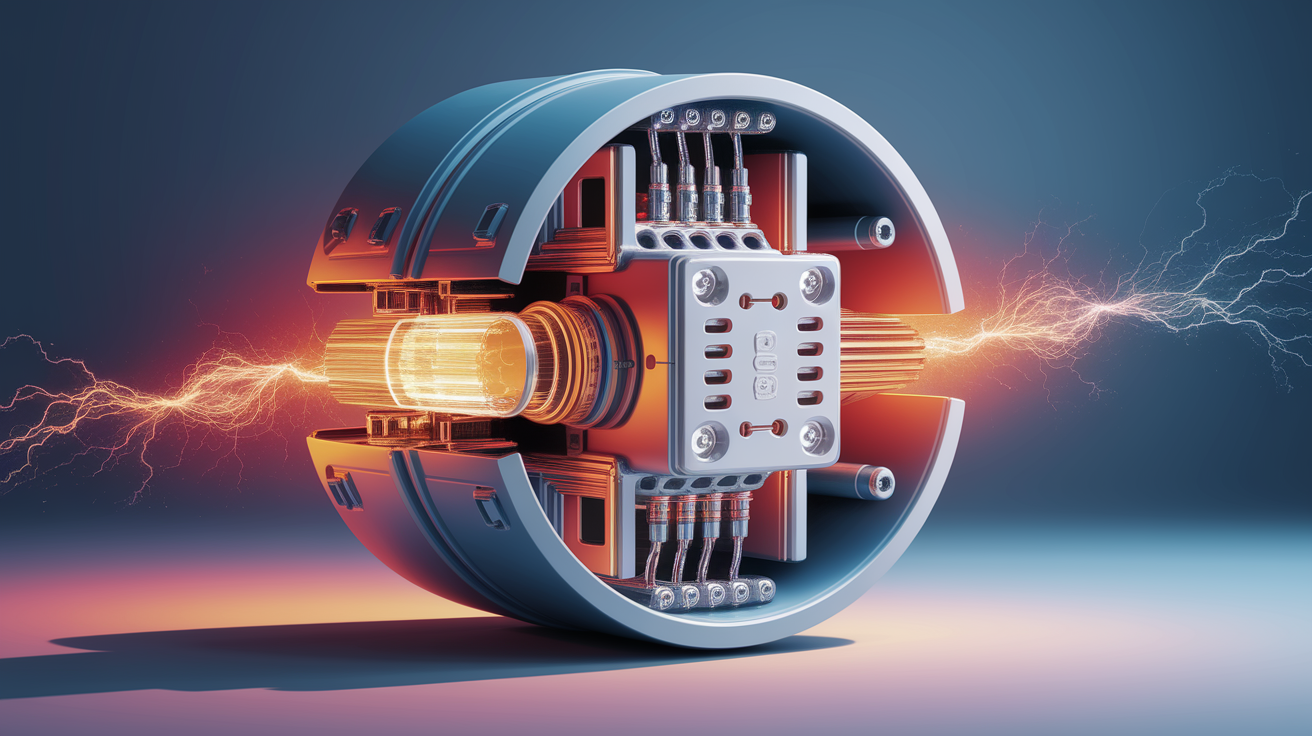Quick Answer: A fuse is a simple but powerful electrical protection device that stops dangerous excessive current by melting a wire inside it, breaking the flow of electricity instantly. This quick action prevents damage to your electrical system, devices, and even reduces the risk of fires.
Introduction: Instant Protection, Explained
Imagine having a tiny superhero guarding your electrical circuits—that’s essentially what a fuse does. It watches over the flow of electricity and reacts in a split second if things get unsafe. Whenever too much electrical current flows through a circuit, the fuse “sacrifices” itself by melting and stopping the current, keeping the rest of your wiring and electronics safe from harm.

The Core Mechanism of Fuses
The secret behind a fuse’s speed and reliability lies in a simple principle: electrical resistance converts excessive current into heat. If the heat gets high enough, the fuse wire inside reaches its melting point and breaks—cutting off the electricity.

- Normal current = safe operation, no problem.
- Excess current (overload or short circuit) = rapid heating of the fuse wire.
- Wire melts = open circuit, no more electrical flow.
High overloads cause the fuse to “blow” faster, which makes them very effective at preventing overheating, wire damage, and electrical fires. You can read more about this principle from this detailed fuse operation guide.
Common Fuse Types and Uses
Not all fuses look alike. Different designs fit different jobs, from protecting a kitchen appliance to safeguarding a car’s electronics.

- Cartridge fuse: Cylindrical, common in industrial equipment and power distribution boards.
- Blade fuse: Compact plastic-bodied fuse used widely in automotive electrical systems.
- Glass tube fuse: Clear-bodied for visual inspection, often found in electronics.
- Thermal fuse: Sensitive to heat instead of current spike alone—used in appliances like coffee makers and hairdryers.
- Resettable fuse (PTC): Can automatically recover after tripping, useful for sensitive electronics.
Full examples and applications are covered in this overview of fuse types.
Choosing the Right Fuse
Selecting the correct fuse isn’t guesswork—it’s based on specific ratings and the job you need the fuse to do.

- Amperage rating: The maximum safe continuous current the fuse can handle without blowing.
- Voltage rating: The highest voltage the fuse can safely interrupt.
- Breaking capacity: The largest fault current the fuse can safely stop without damage.
- Speed rating: Fast-blow fuses react instantly, while slow-blow fuses tolerate short surges (like motors starting).
Using a fuse with too high an amperage can leave your circuit unprotected, while one that’s too low can blow unnecessarily. For expert guidelines, check this fuse selection guide.
Benefits and Drawbacks of Fuses
Fuses are simple, reliable, and cost-effective, but they have their limitations.

Benefits
- Fast and effective overcurrent protection.
- No moving parts—extremely reliable.
- Low cost and easy to integrate into electrical systems.
Drawbacks
- Must be replaced after blowing—no reset function like circuit breakers.
- No warning before failure.
- Incorrect selection can lead to nuisance blowing or inadequate protection.
For a complete breakdown, see the pros and cons of fuses.
Conclusion: Fusing It All Together
Fuses are one of the most straightforward and effective safety mechanisms in any electrical installation. By using the right type and rating, they silently guard against electrical hazards, prevent costly damage, and help keep buildings and devices safe. They may be small, but when it comes to circuit protection, they pack an essential punch that keeps our modern world running safely and smoothly.













